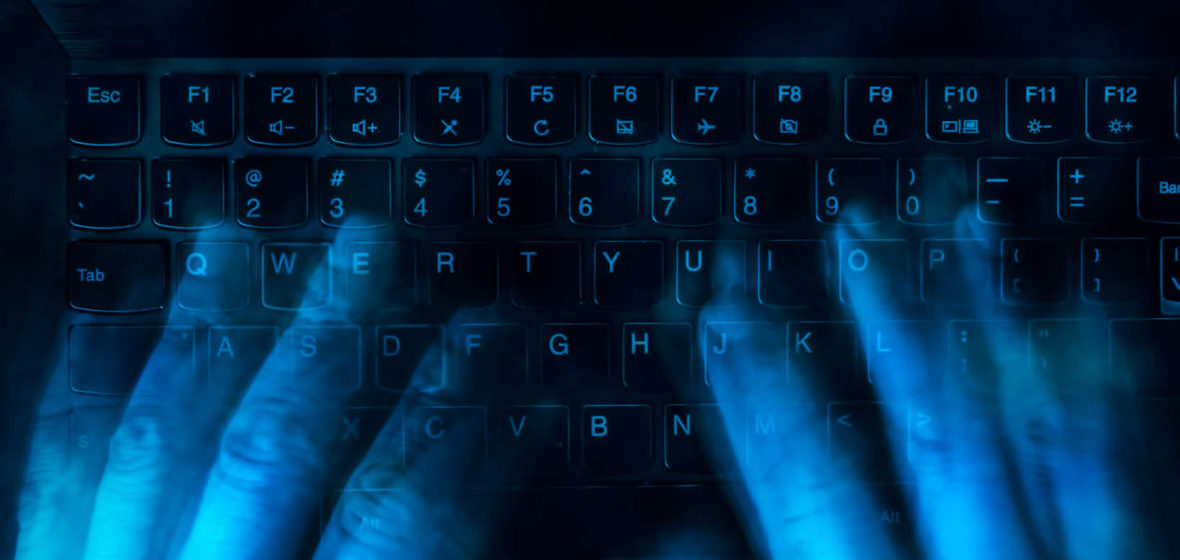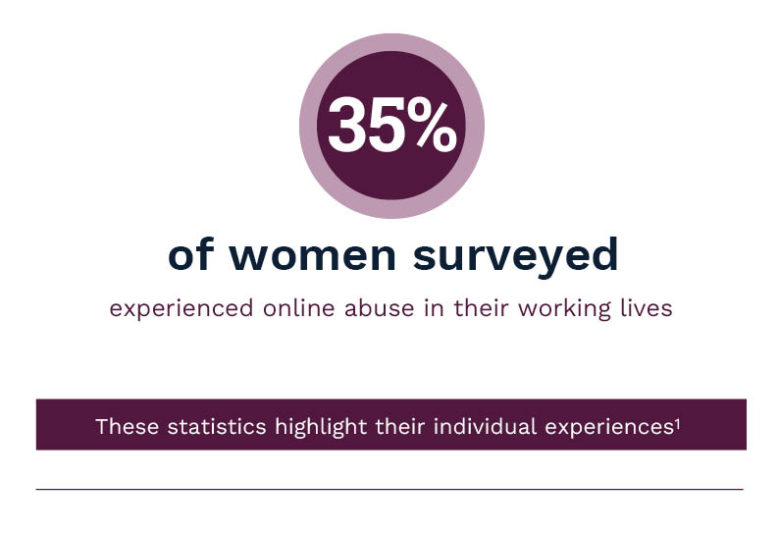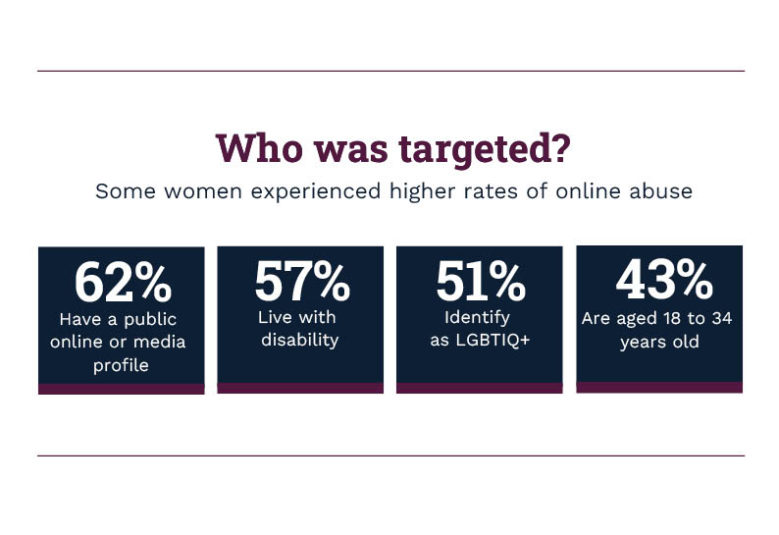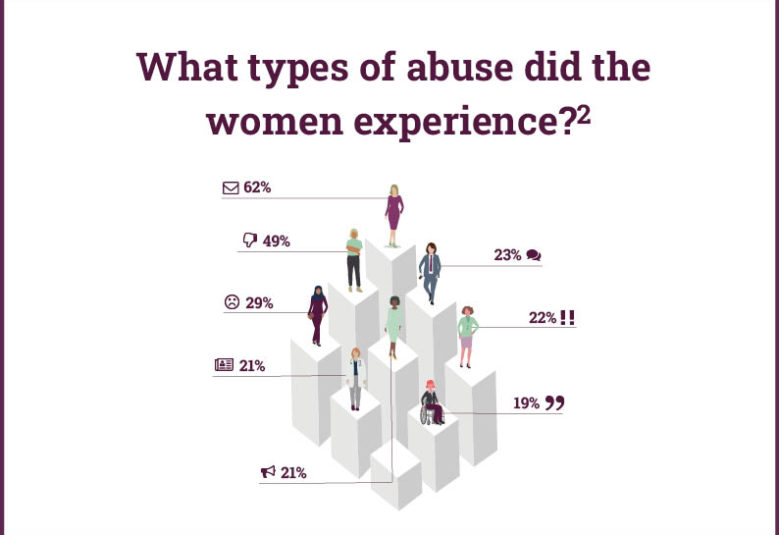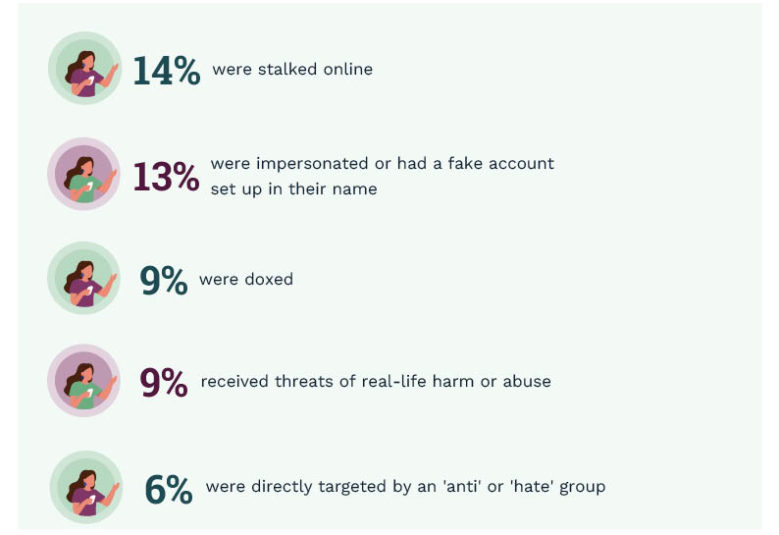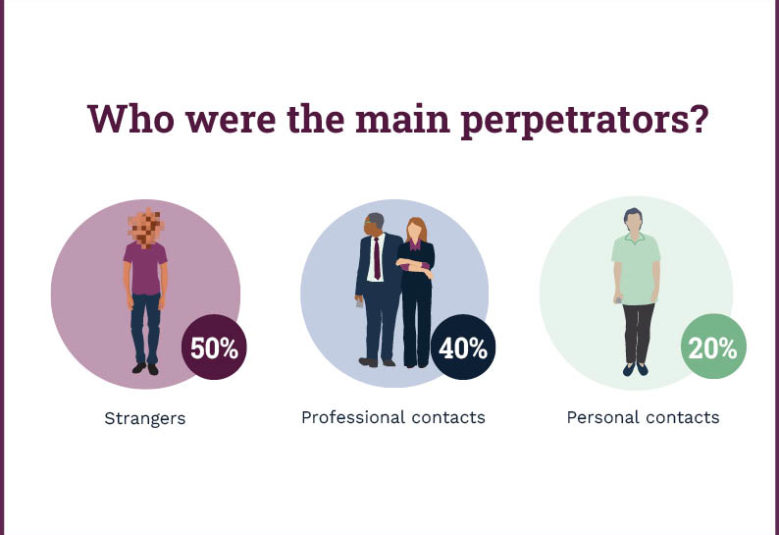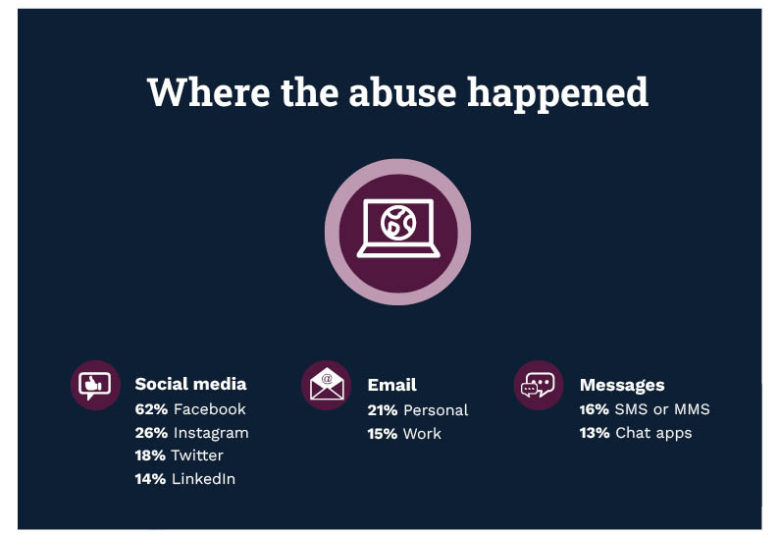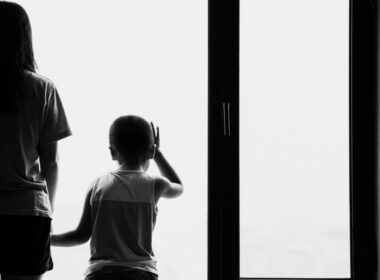Employment lawyer Fay Calderone deals with cases involving online abuse in the workplace just about every day. Calderone is Partner at leading independent firm Hall and Wilcox in Sydney and admittedly spends a great deal of time combing through online interactions. She is also the Chair of the firm’s Diversity, Inclusion and Wellbeing Committee and is troubled by how many different platforms are rife with online abuse; from internal emails and chat applications to public social media pages.
“The more our profession uses the megaphone that is social media as a business development platform and an advocacy platform for diverse interest groups … With that comes the dark side of social media and the shadow effect it will have on mental health,” Calderone said.
Calderone is passionate about eliminating toxic, inappropriate behaviour online that stifles the progression of women and diverse groups in the legal profession and workplaces more broadly.
“[The pandemic has created] a heightened anxiety. There is a disconnection occurring with humanity and increasing isolation and frustration. People are emboldened when they are behind a screen. It’s having an impact on people’s personas, wellbeing and stress levels that is manifesting in nasty interactions online.”
This resonates with Australian eSafety Commissioner Julie Inman Grant who joined the agency after a stint as a Twitter executive. The platform is where she has personally experienced virulent online abuse from strangers.
“I’m Julie the human, I’m Julie the mum and I’m Julie a part of my community. But I’m also Julie the eSafety Commissioner… But we are having a morphing of identities now. For a lot of women, myself included, who you are as a professional is part of your identity,” Inman Grant said.
eSafety says 75 per cent of reports to them about online harms come from women and girls. This alarming statistic triggered Inman Grant to develop the Women In The Spotlight (WITS) program – without any funding – to provide training and raise awareness about gendered online abuse.
New research by eSafety – released ahead of International Women’s Day on 8 March – found a third of Australian working women are abused online in a “violent, sexualised way” for their appearance, fertility or role as a working mother. This incidence is higher among younger women, women with disability and those who identify as LGBTQ+.
Nearly a quarter of women surveyed said online abuse stopped them from taking a public-facing leadership role that required a presence on social media. Inman Grant said this fear is clashing with the modern expectation for women, who want to climb the career ladder, to promote their brand online.
For others, the impact went further than self-censoring or avoiding inflammatory issues online; it pushed them to leave their chosen careers. What is more shocking, is almost half of the abuse came from professional circles, with Facebook the most prevalent platform.
“We can’t ignore it anymore. What this shows you is not only the prevalence but the way online abuse manifests towards women and the impact on their personal and professional lives … targeted online abuse is designed to silence women’s voices. It is entrenching bias and inequality,” Inman Grant said.
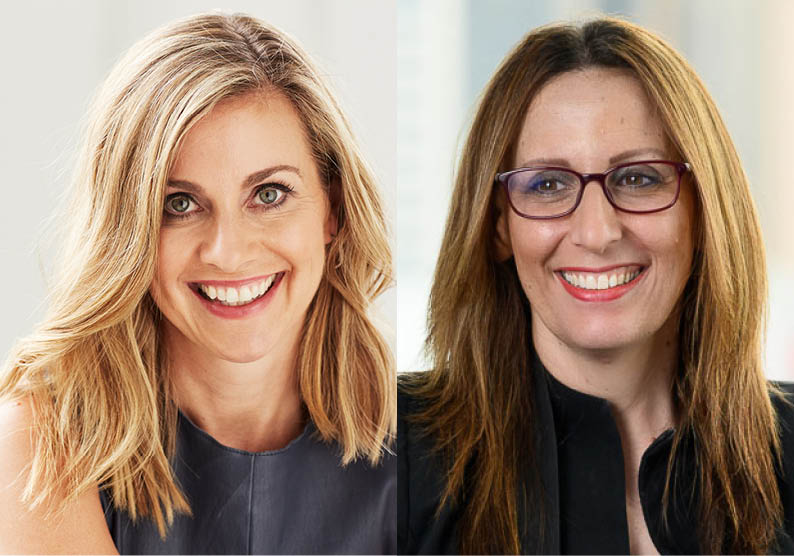
Calderone is an executive committee member of the Women Lawyers Association of NSW (WLANSW) who are celebrating 70 years this week – coinciding with IWD and this year’s theme #BreakTheBias.
“Safety is paramount. We are encouraging and need to have an online presence as lawyers, as leaders and as advocates. But I see people all the time taking a break from social media and that is a real concern because good voices are disengaging or being drowned out of platforms,” Calderone said.
“What makes me a good lawyer is my connection with people, that I wear my heart on my sleeve and am relatable. I appreciate that also makes me vulnerable to the more sinister things. The great enduring strengths that allow women to have an empathetic and passionate voice in our online community, is what also exposes us.”
A score of high-profile women from Jane Caro to Tracey Spicer and Ginger Gorman have shared their stories and how they deal with online abuse when it happens, on eSafety’s website.
But while ‘spotlight’ is in the name, the research brings into sharp relief how common gendered abuse is for everyday professional women. Inman Grant said “deep discussions” were had with women from a myriad of professions; legal and banking, health, journalism and the sex industry.
“Some of the criticism [about the program] was: Why are you trying to help all these famous women in the spotlight? Of course, you’re going to be more of a target if you’re a journalist, an advocate, a politician and you have opinions because social media surfaces the reality of the human condition,” Inman Grant said.
eSafety’s WITS program offers social media defence training, which has been rolled out to female politicians, small business forums and ABC journalists, to help women use social media platforms more safely and effectively.
Both Inman Grant and Calderone are calling on organisations to implement targeted training and revisit workplace behaviour, social media and mental health policies.

